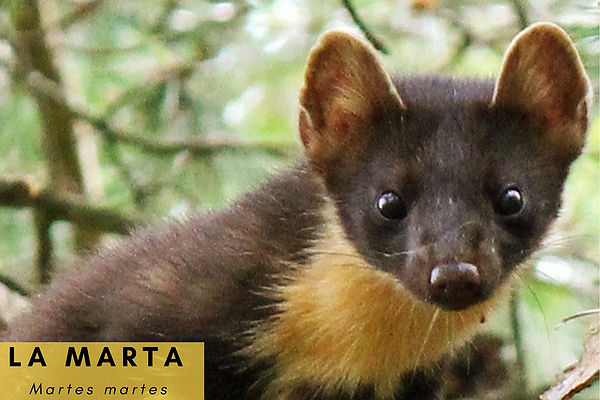
To conclude, the impact of this information for human health, as well as for animal welfare and management, will be briefly described.Īn attitude can be defined as a feeling or opinion about a particular entity that is expressed by evaluating it with some degree of favor or disfavor, as well as a manner of thinking, feeling, or behaving that reflects this disposition.Ī substantial body of literature on human attitudes and likeness of some species has shown that animals phylogenetically close to humans, and/or that are physically, behaviorally, or cognitively similar to them, tend to be preferred, evoke more positive affect, as well as higher concern in terms of welfare and conservation (Plous, 1993 Gunnthorsdottir, 2001 Tisdell et al., 2006 Martín-López et al., 2007 Knight, 2008 Batt, 2009). Here this evidence will be viewed also in the light of recent findings showing the primary role of facial cues in regulating human-dog bond through oxytocin secretion (Nagasawa et al., 2015). In our contribution to the endeavor of better understanding the mechanisms underlying human attraction to animals, we demonstrated an early emergence of the response to infantile facial traits and its generalization to companion (pet) animals (i.e., dogs and cats Borgi et al., 2014). In particular, infantile facial traits will be highlighted as a class of stimuli with high biological relevance, rapidly and unconsciously capturing attention and eliciting affectionate responses, including readiness to care and social engagement. The specific role of animal facial cues as emotional and communicative signals regulating the human-animal bond will be then emphasized. In this review, we will first report evidence of the effect of some animal physical traits on human perception of-and attitudes toward-different species.

However, while research efforts have been dedicated to empirically confirm human “biophilic” (and/or “biophobic”) predisposition and its emergence during development, very little attention has been paid to the identification of specific animal attributes underpinning distinct behavioral responses in humans, particularly in children. Living beings engage the attention of people more than objects do, and it has been hypothesized that the evolutionary reason behind this response is that paying attention to other living beings is significant for individual fitness (New et al., 2007 Mormann et al., 2011). Why animals constitute such an attractive stimulus for humans has not been completely clarified. Based on this theory, the Biophilia is considered to be innate and felt universally by humans. It can also refer to human tendency to interact and form close association and emotional bond with the other forms of life in nature. The concept of Biophilia refers to a hypothetical human affinity for the living world. To conclude, the impact of this information for applied disciplines is briefly described, particularly in consideration of the increasing evidence of the beneficial effects of contacts with animals for human health and wellbeing. In this context, facial cuteness is viewed not just as a releaser of care/parental behavior, but, more in general, as a trait motivating social engagement. Specifically, we consider the ability of companion animals to bond with humans as fulfilling the need for attention and emotional intimacy, thus serving similar psychological and adaptive functions as human-human friendships. Instead of considering companion animals as mere baby substitutes for their owners, in this review we highlight the central role of cats and dogs in human lives. Particular emphasis is given to the neuroendocrine regulation of the social bond between humans and animals through oxytocin secretion. In this review, the role of facial cues, specifically of infantile traits and facial signals (i.e., eyes gaze) as emotional and communicative signals is highlighted and discussed as regulating the human-animal bond, similarly to what can be observed in the adult-infant interaction context. Preliminary evidence has indeed shown that the human attentional bias toward the baby schema may extend to animal facial configurations. It has been hypothesized that the presence of infantile physical and behavioral features in companion (or pet) animals (i.e., dogs and cats) might form the basis of our attraction to these species.


Accumulating behavioral and neurophysiological studies support the idea of infantile (cute) faces as highly biologically relevant stimuli rapidly and unconsciously capturing attention and eliciting positive/affectionate behaviors, including willingness to care.


 0 kommentar(er)
0 kommentar(er)
